Posted by: Kalorintschi
How could DNA origami be useful in future space missions?
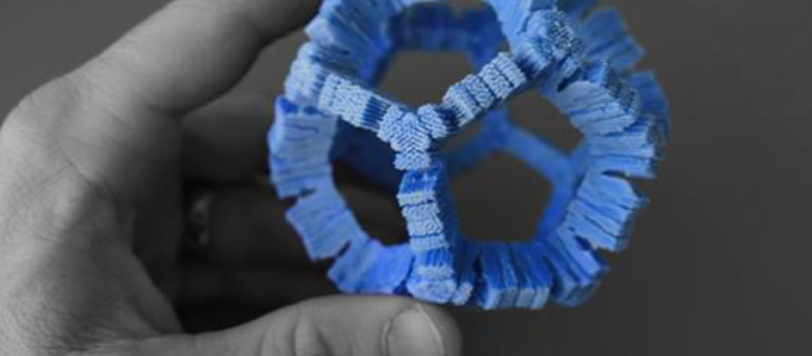
Last week we explained why the nanomaterial DNA Origami is very interesting for space travel: Properties such as low weight, a renewable raw material and various construction possibilities with the same basic material make it a hot candidate for applications in future space missions. We want to test this material for the very first time in space to see how it behaves and whether it is suitable for the usage in space at all.
In this blog post we want to show you what applications DNA origami could have in space travel.
DNA Origami as Biosensors
Biosensors are used for studying genetic mutations, detecting pathogenic microorganisms, or monitoring air quality for example. Using the same technology for all these very important topics would be a huge advantage in space. Using DNA origami sensoring devices, this would be possible, many different sensors could be built with the same raw materials. The nanometer accuracy of DNA origami allows a precise placement of various sensing elements in complex configurations, and the bottom-up self-assembly method makes production much simpler than comparable top-down approaches. DNA origami nanostructures are especially useful for single-molecule biosensing, which facilitates ultra-low detection limits.
In the future, DNA origami sensors will, as an example, be used to detect tiny amounts of biomolecules in the blood.
DNA Origami as drug delivery vehicles
DNA nanostructures have essential characteristics of an effective, customizable delivery system:
1.) good biocompatibility, 2.) full addressability, and 3.) control over size, shape, and surface chemistry.
On the spot customizability is very important for space missions, since any autonomy from Earth produced products means less cost and no waiting time. With DNA Origami technology,nanoscale objects can be fabricated that can be used as delivery vehicles for a variety of therapeutic cargos, like small molecules or proteins . The big advantage of these nano carriers ist hat they can release the drug exclusively at the place of use, and thus spare the rest of the body.
Use DNA origami for electronics
“We would like to use DNA’s very small size, base-pairing capabilities and ability to self-assemble, and direct it to make nanoscale structures that could be used for electronics,” Adam T. Woolley
DNA origami crystals could be used to assemble nanoelectronic components in two- or three-dimensional arrays. DNA has been shown to organize metallic nanoparticles very well, and can therefore be used for nanoelectronic assembly. The inclusion of electronic components in highly ordered arrays will enable the organization of nanoelectronic circuits.
It was shown that an electrical current can be achieved through gold-plated nanowires, which were self-assembled from DNA single strands (Teschome et. Al, Langmuir, 2016). These DNA wires, can then self assemble into electric circuits (Image 2).

In the future, very small transistors, the building blocks of a computer, could be self assembled using DNA origami. This method is very cost efficient, is light and produces no waste. The fact that DNA origami are self-assembling nanostructures means that much smaller electronic components can be achieved than with currently used methods.
Despite these many exciting achievements, DNA Origami is a relatively new technology and DNA-origami-based applications have a medium long way to go before they can be used for real-world problems and for space missions.
However, analyzing the behaviour of this relatively new material in space, is an essential step step to finding out if and how to use it for future space missions.
Your Space Origami Crew

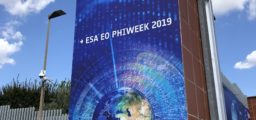
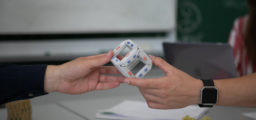

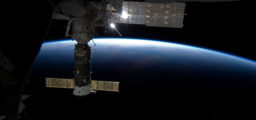
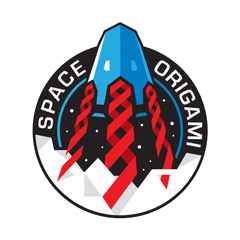
Comments are closed.